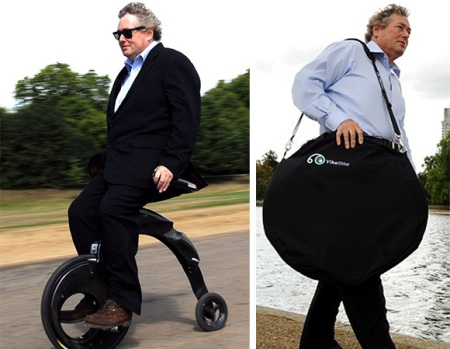Welcome to the world of rapidly developing urban transit - a shift towards smaller, urban-centric networked vehicles for the mega-cities of the future...and this article from the Economist is spot on.....on the 'bubble' that is!
MANY car designers are convinced that a radical change in automobile technology is going to be needed for the crowded megacities of the future. By 2030 more than 60% of the world’s population is expected to be living in cities, up from 50% now, and more of them will be able to afford cars. The need to reduce emissions, an acute scarcity of land for roads and parking, and the prospect of laws restricting conventional cars all point to the idea that different and smaller types of vehicle will be in demand. With that in mind, some of those designers are coming up with things that look a lot like a vehicle that was familiar more than 50 years ago. Welcome to the return of the bubble car.
Bubble cars were built to provide cheap personal transport. Most were two-seaters with just three wheels. They became particularly popular when fuel prices shot up in 1956, during the Suez crisis. One of the first was the Italian-made Iso Isetta. Germany was a prolific builder, too. Messerschmitt and Heinkel, forbidden to ply their former trade of building military aircraft, turned to bubble cars as a peacetime alternative. BMW, meanwhile, re-engineered the Isetta to use an engine from one of its motorcycles.
Rising incomes, falling fuel prices and changing fashions did for the original bubble cars, but the idea seems ripe for revival and three new versions, known as EN-Vs (for Electric Networked-Vehicles), are enthralling the crowds at the Expo 2010 in Shanghai. They can be driven normally or operated autonomously, with their occupants doing other things while the cars automatically avoid bumping into one another. They can also be summoned from their parking places using a mobile phone. And instead of being powered by smoky little petrol engines, they are driven electrically. What is most intriguing, however, is that they balance on just two wheels.
The three EN-Vs, each with a different body shape, were built by a partnership between General Motors (GM), an American company, and Shanghai Automotive Industry Corporation, one of China’s biggest carmakers.
Read more at '
The bubble car is back'
Thanks David for the heads up!
-














